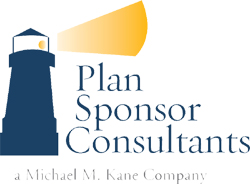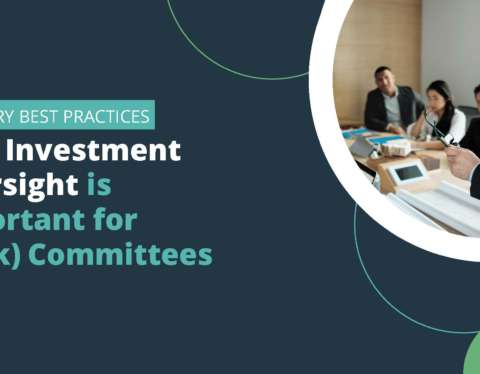No one likes to go it alone, especially when “it” is the oversight of an employer sponsored retirement plan. The fiduciary rules and regulations, and the responsibilities to your employees, can be enormous burdens. You want to be in compliance and you want to provide a plan that meets the goals and objectives you set forth so your employees can adequately prepare for the future.
For these crucial reasons, many retirement plan providers elect to have a retirement plan committee team provide oversight. In addition to the named fiduciary in the plan document and any acting fiduciary, committee members can include the HR director, a senior manager, company legal counsel, and a handful of “average” employees who represent the participant viewpoint.
Whether you already have a plan committee in place or are considering creating one, you should clearly outline the duties and responsibilities to the team members. Here are five important guidelines every plan committee member should know about his or her roles and responsibilities:
- Purpose – The transition from defined benefit plans of years past to the defined contribution plans now in place means employees are responsible for determining their retirement savings and their future retirement readiness. Yet many people are not adequately prepared for this responsibility and still need guidance, help and oversight to make good decisions.
As a retirement plan committee member, your purpose is to help provide this plan oversight on behalf of all employees while ensuring the plan is compliant with all governing laws and regulations.
- Managing Investments –The retirement plan’s investments should be regularly monitored and are best evaluated by using an Investment Policy Statement (IPS). Although not required, the IPS can outline the following:
- Performance benchmarks over one-, three- and five-year periods, plus inception, for each investment fund
- Risk and return rates
- Fees and evaluation procedures
- Change or replacement considerations
- Legal and regulatory ramifications
- Employee Participation and Contribution – If employees don’t participate in the retirement plan, they may not be prepared for retirement!
Plan committee members must regularly evaluate both the participation and contribution rates of existing and new employees. Look to your advisor and plan provider for ways to educate employees on the benefits and necessity for retirement planning.
Make sure there is also a process and method for handling participant feedback and complaints.
- Vendor Evaluation – The retirement plan committee is responsible for overseeing and evaluating all plan vendors, and if necessary, finding replacements. Typically, you should review plan vendors every three to five years to evaluate services, fees, and new technologies. A plan advisor can help prepare benchmarking guidelines and evaluate a Request for Proposal (RFP) or Request for Information (RFI).
- Documentation – A critical component of all retirement plan oversight is proper documentation of all meetings, evaluations, and any and all aspects of plan components. Not only is this just common sense, it’s also necessary for both legal and compliance purposes!
Plan committees can provide a diverse approach and outlook to your employer sponsored retirement plan. Their combined expertise and knowledge can help you not only meet your fiduciary responsibilities, but also offer a well-rounded and well-managed plan to your employees. Make sure your team understands their purpose, stays on task at meetings, and seeks outside help when necessary.
The opinions voiced in this material are for general information only and are not intended as authoritative guidance or tax or legal advice. You should consult with your attorney or advisor for guidance on your specific situation.
Click HERE to join our monthly newsletter


